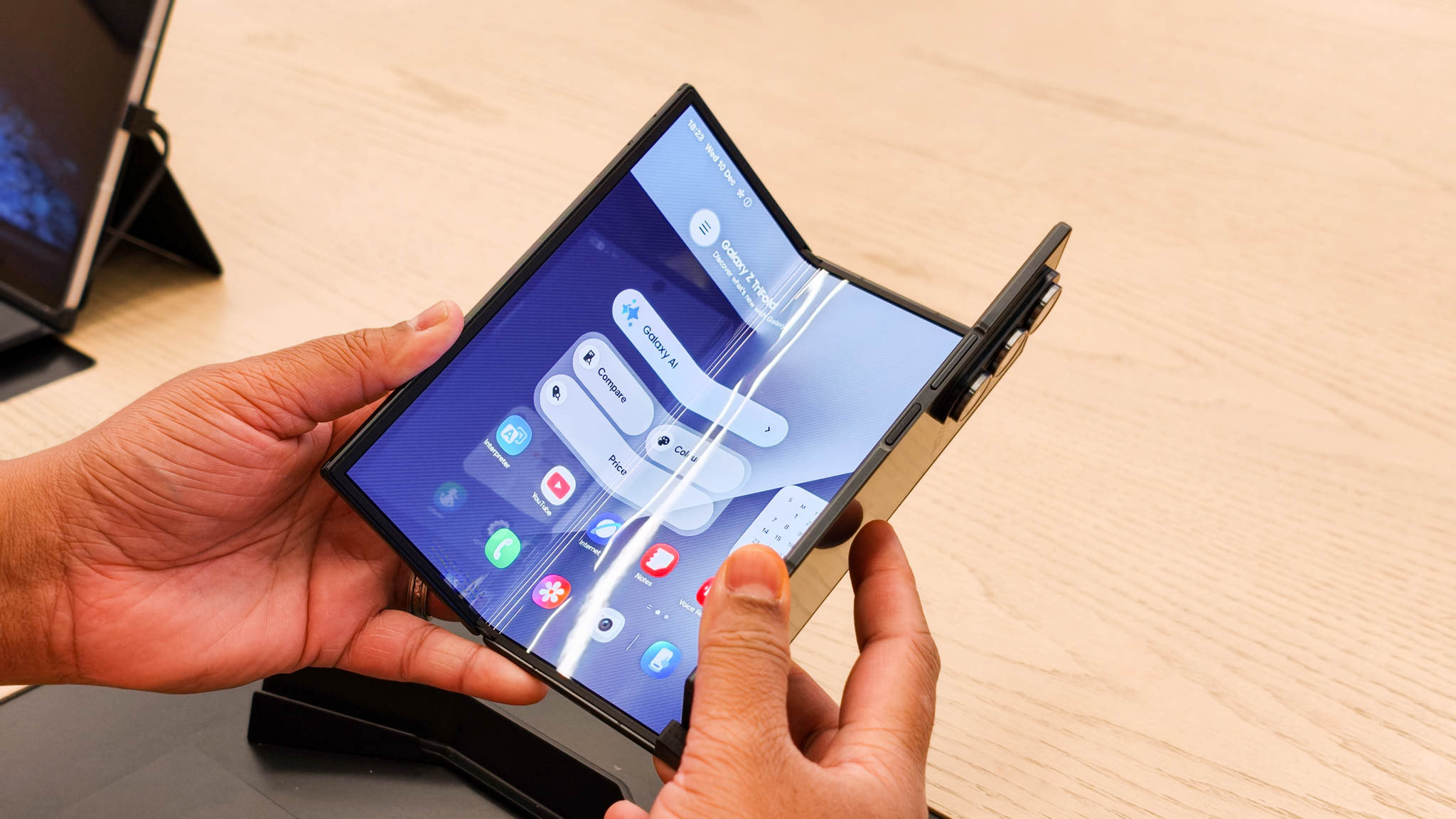Google Pixel 9 Pro XL vs. Pixel 8 Pro: A king-sized comparison
How does last year's Pro stack up against the new Pixel 9 Pro XL?
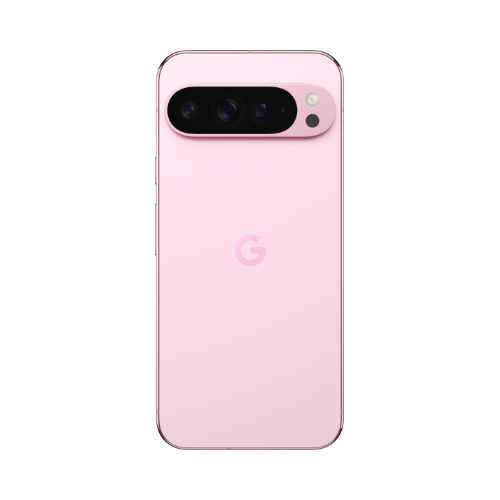
The new King-size Pixel
The Pixel 9 Pro XL is the latest large-screen Pixel flagship from Google, featuring a new Tensor chip for faster performance and even more fun and useful AI capabilities. The phone brings a new design and a larger 6.8-inch display that's bright enough for the outdoors, and faster charging means you'll be ready to take on the day in no time.
Pros
- Brand-new design
- Rose and Hazel colors look great
- Large battery and faster charging
- Improved Tensor G4 chip
- 8K Video Boost
- Brighter display
Cons
- Somewhat divisive design
- Runs Android 14 out of the box
- $100 more than predecessor
- Low PWM rate on display
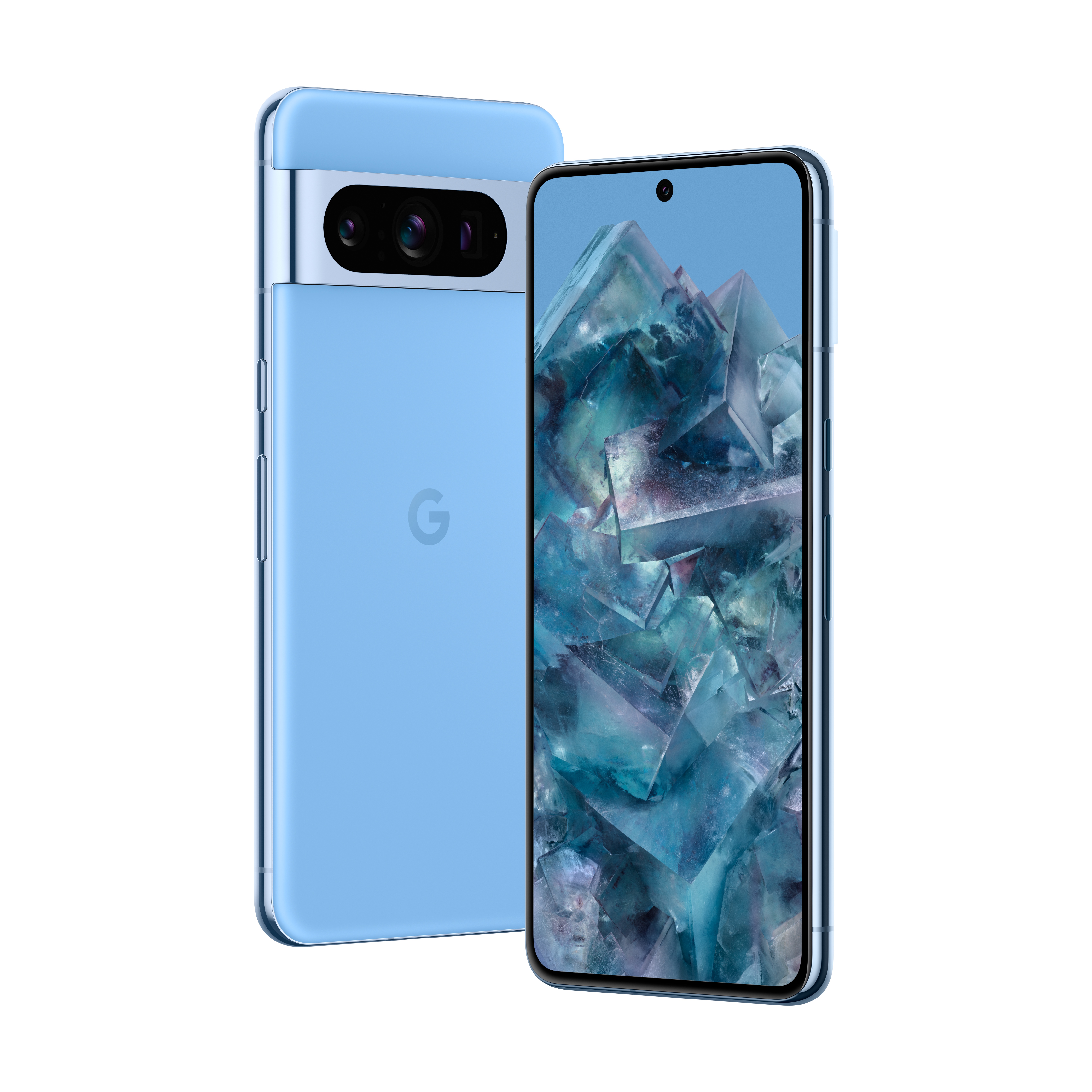
Camera King
The Pixel 8 Pro may be a year old, but it still rules over most when it comes to taking photos. Plus, Tensor brings tons of fun AI features and long software support. There's also a nice Bay blue colorway that's hard to ignore, and your Pixel will still get many new features before other Android phones.
Pros
- Beautiful Bay and Mint colorways
- Curved panels and rounded frame
- Good battery life
- Fantastic display
Cons
- Older chipset
- One year of software support down
- Slower charging
- Not the greatest gaming performance
- Low PWM rate on display
Google's new Pixel 9 series has arrived, and with it comes a new Pixel 9 Pro XL, the larger of the two Pro models. Technically, it's a more direct successor to the Pixel 8 Pro, which features a much larger display than the Pixel 8, but the "XL" adds a new dimension to the moniker, letting users know that they have a choice.
We've had brief hands-on time with the Pixel 9 Pro XL and still need to spend more time with it before we have a full picture of it. So far, it looks like it could be the phone to get if you want a larger flagship, or you can potentially save some money and go for the older, extremely capable Pixel 8 Pro. Our Pixel 9 Pro XL vs. Pixel 8 Pro comparison should help you choose if you're having a hard time deciding.
Google Pixel 9 Pro XL vs. Pixel 8 Pro: Design and display
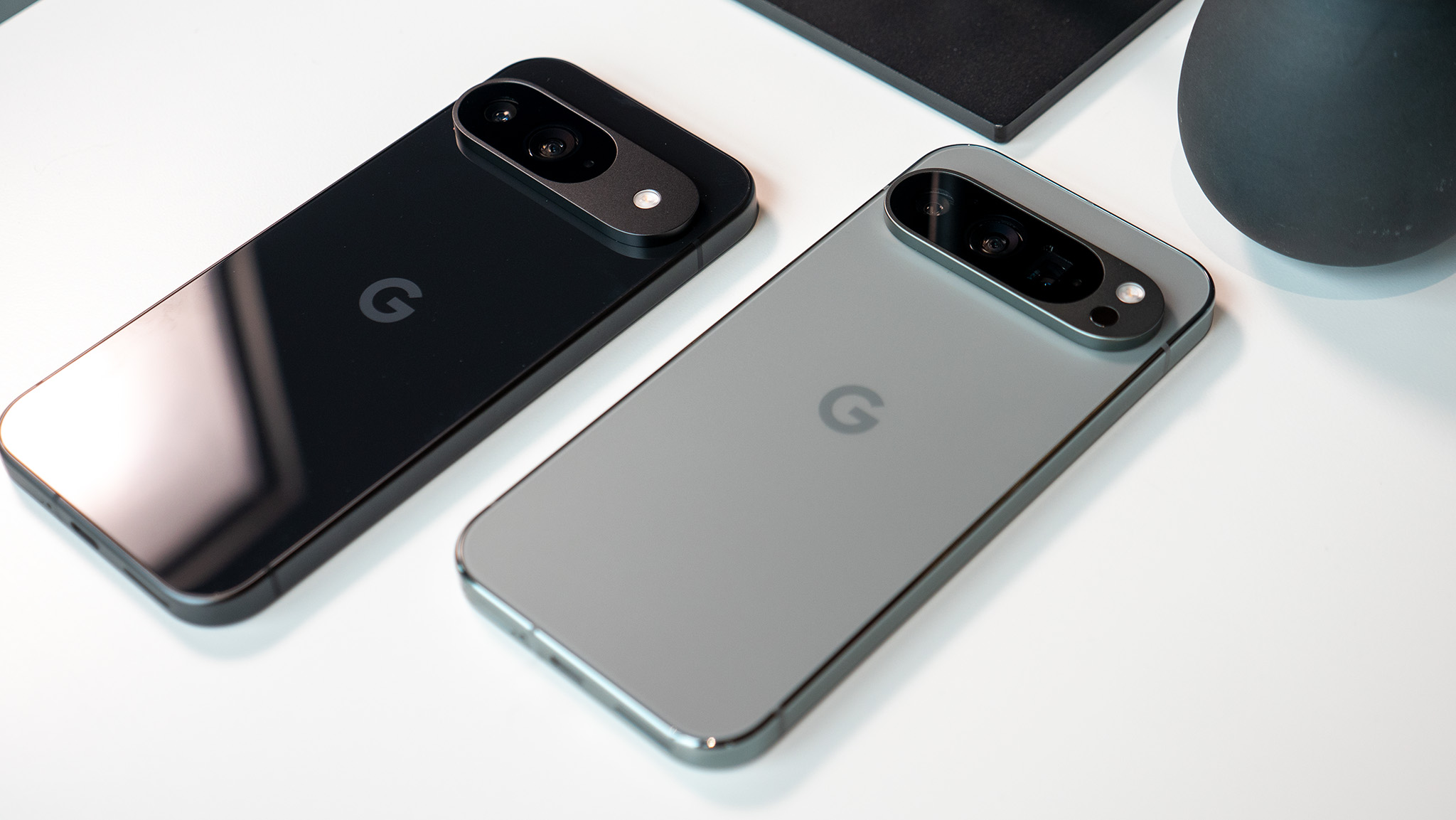
After years of sticking with largely the same design for the Pixel series, Google is finally changing things up with what can only be described as an evolution of its previous Pixel design language. The iconic camera bar present on the Pixel 8 Pro is gone, replaced by a floating camera visor that certainly stands out among the rest of the Pixel 9 Pro XL design. This is perhaps the most obvious difference between these two phones, but it doesn't stop there.
The Pixel 9 series has adopted an iPhone-like design with a flat front and back panel and a flat frame. If it weren't for the camera visor and the lack of a Dynamic Island on the front, you could almost mistake this for an iPhone. This is contrasted by the softer, less angular design of the Pixel 8 Pro, with a matte glass back panel that curves into the slightly rounded frame. Even the display, which is flat on the 8 Pro, has the smallest curve on the bezel where it meets the frame, and the camera bar also curves up from the frame as if the two are a singular piece.
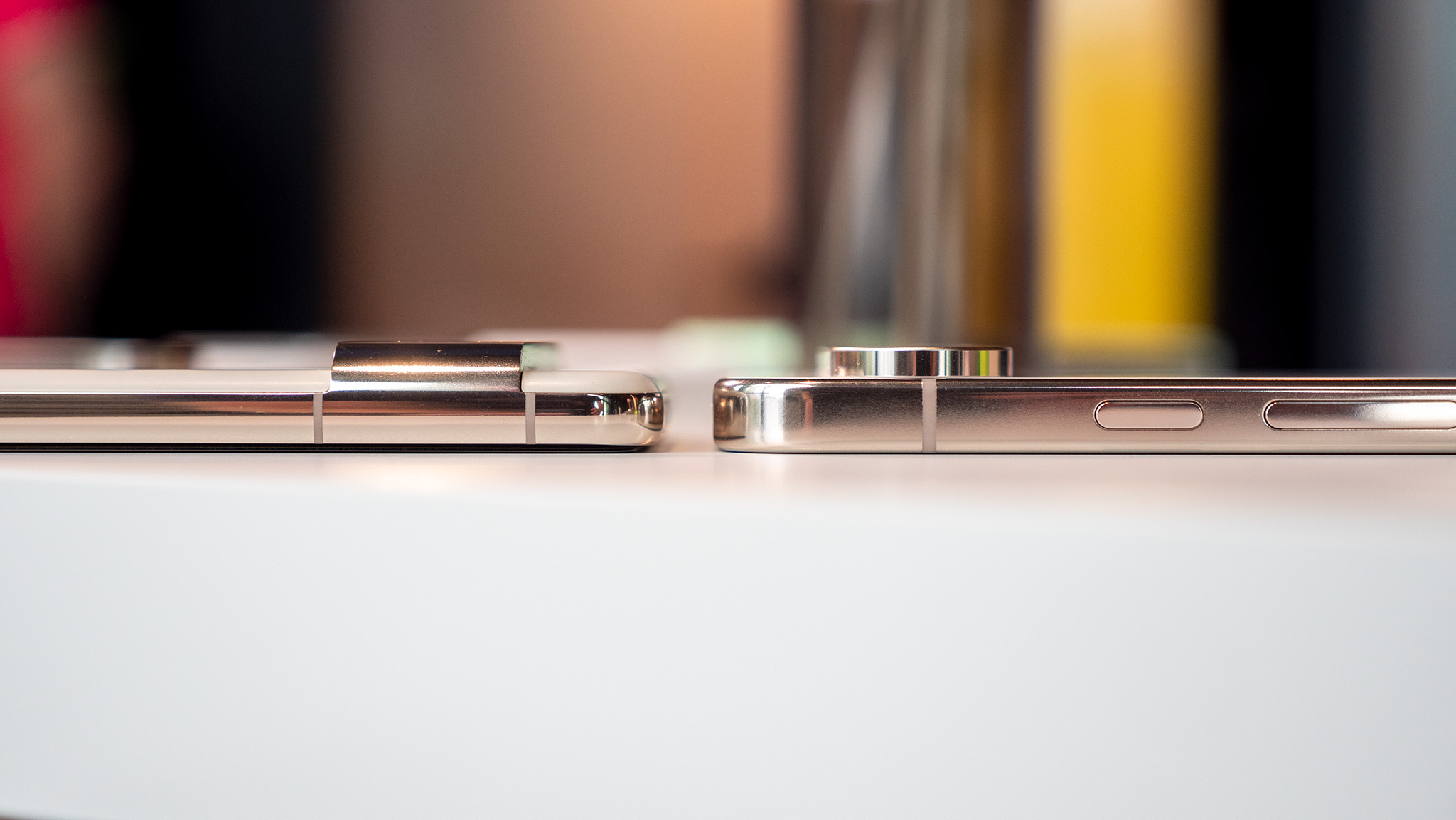
Both phones look great in their own way, although it's unclear how the Pixel 9 Pro XL design will be received, especially once consumers get it in hand. Some consumers find that flat, angular phones tend to be a bit painful to hold as they dig into their fingers when held with one hand, and the curved Pixel 8 Pro is fairly comfortable to hold. There is a slight curve to the frame, so hopefully that will alleviate any concerns.
Both phones are also large, with the Pixel 9 Pro XL sporting a slightly bigger 6.8-inch display. Despite that, the phones have roughly the same height and width, although the 9 Pro XL is a bit heavier at 221g. But aside from the slight increase in size, there's not much difference between the two displays. The Pixel 9 Pro XL features the same resolution and refresh rate but kicks things up with higher peak brightness at 3,000 nits, meaning you should have no trouble viewing this display outdoors.
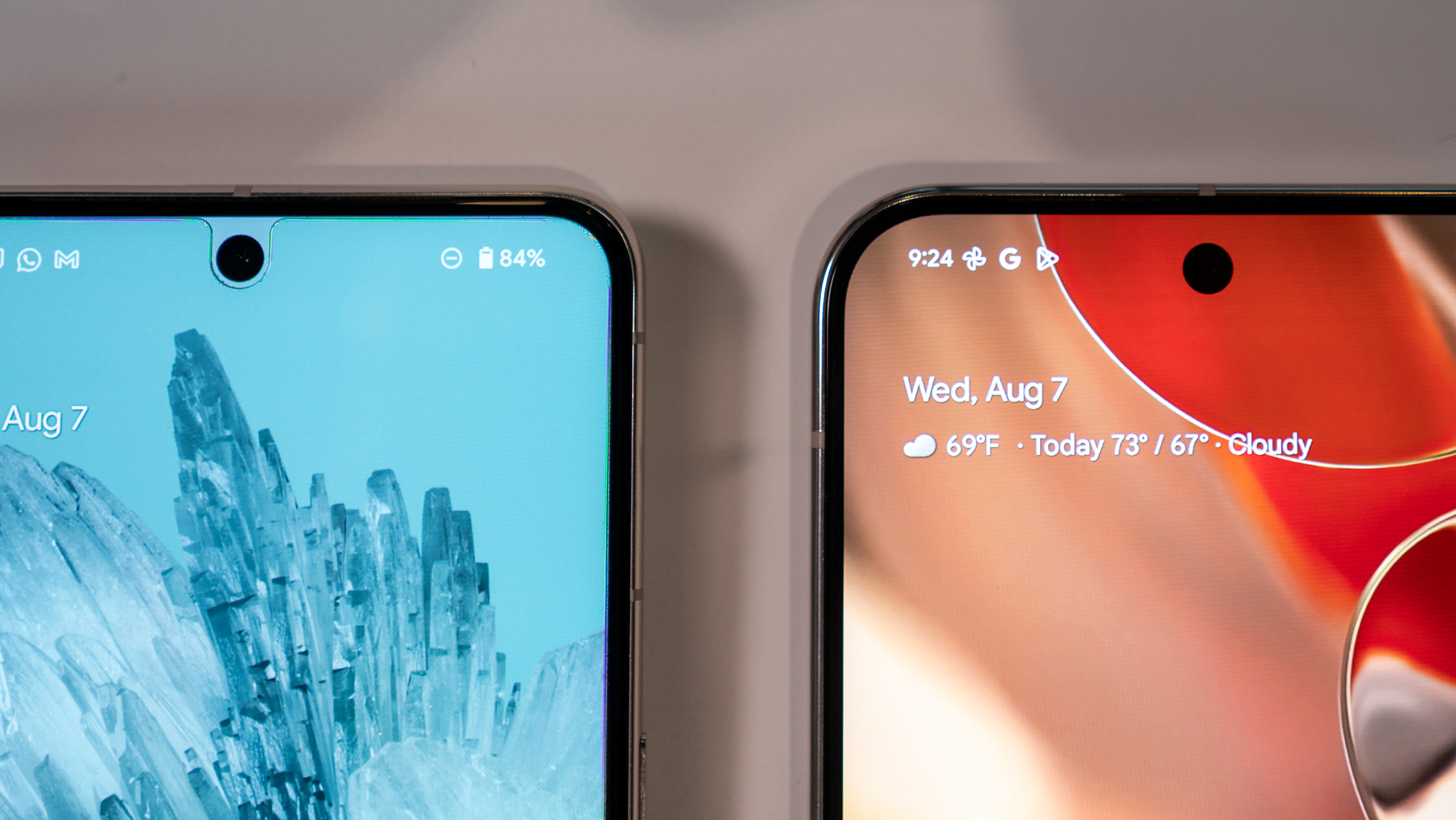
For protection, both phones feature Gorilla Glass Victus 2 on the front and back and IP68 water and dust resistance. The back glass is also matte on both phones, which should provide a softer touch, although you'll find some newer colors with the Pixel 9 Pro XL.
Get the latest news from Android Central, your trusted companion in the world of Android
Google offers Obsidian and Porcelain hues for both phones, as well as some form of green. However, instead of blue, the Pixel 9 Pro comes in a pink Rose Quarts hue, which stands out among the other options.
Google Pixel 9 Pro XL vs. Pixel 8 Pro: Specs and hardware
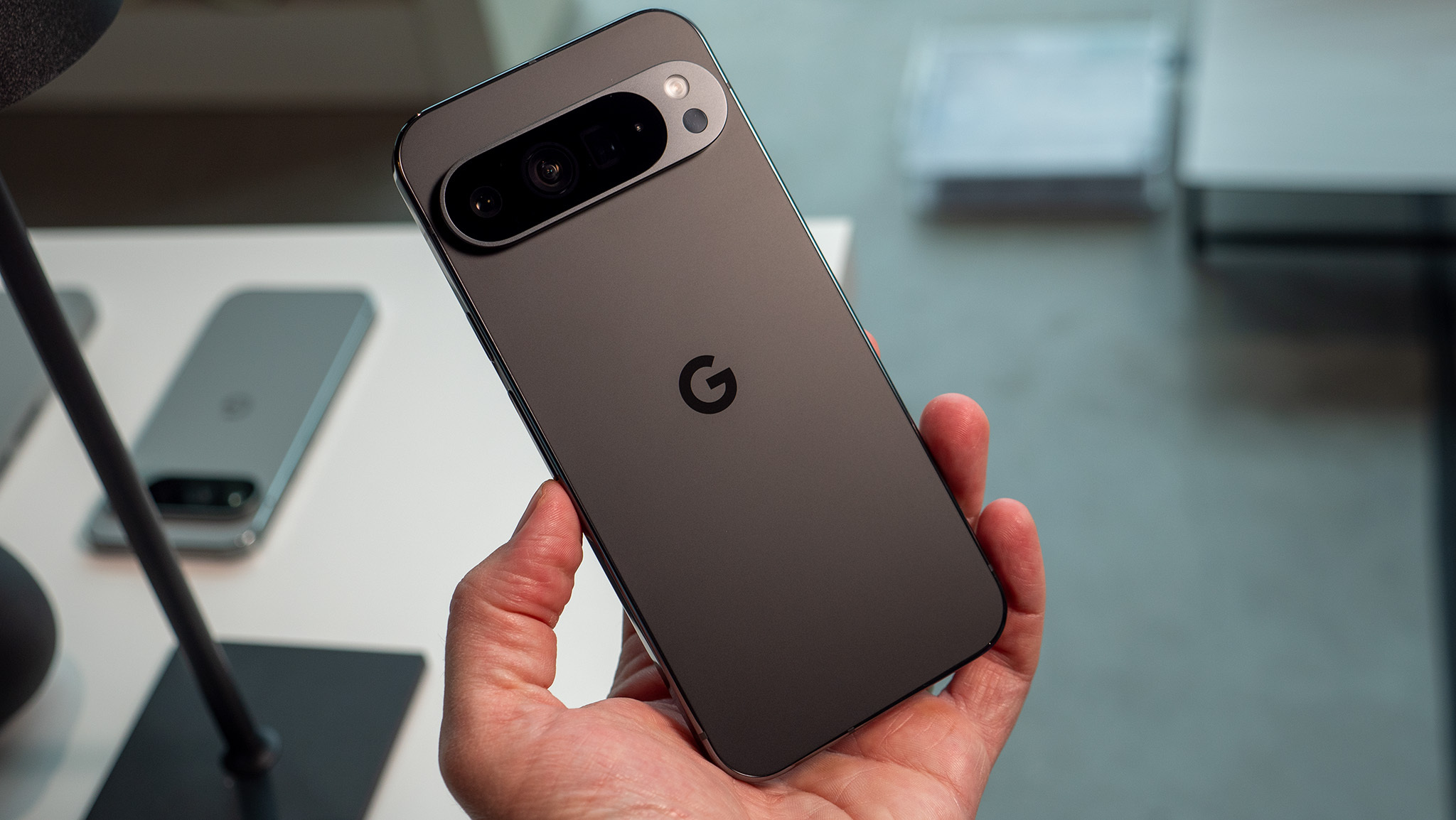
Google has upgraded the Pixel 9 Pro XL with a new Tensor G4 chipset, which offers a 20% performance boost when browsing and is 17% faster when opening apps when compared to its predecessor. How this really translates in real-life use is still yet to be determined, but the focus remains clear: AI performance. Thus, Google is enabling tons of new features with the chip, which we'll discuss in the next section.
In addition to the chip boost, Google has also upped the RAM to 16, meaning the Pixel 9 Pro should be able to handle more tasks. The 12GB features on the Pixel 8 Pro is great for on-device AI processing, but 16GB gives the phone much more room for activities.
| Category | Google Pixel 9 Pro | Google Pixel 8 Pro |
|---|---|---|
| OS | Android 14 | Android 14 |
| Display | 6.8-inch Super Actua display, 120Hz LTPO AMOLED (2992 x 1344), HDR10+, 3000 nits, Gorilla Glass Victus 2 | 6.7-inch Super Actua display, 120Hz LTPO AMOLED (2992 x 1344), HDR10+, 2400 nits, Gorilla Glass Victus 2 |
| Chipset | Google Tensor G4, Titan M2 security module | Google Tensor G3, Titan M2 security module |
| RAM | 16GB | 12GB |
| Storage | 128GB/256GB/512GB/1TB | 128GB/256GB/512GB, 1TB (US) |
| Rear camera 1 | 50MP wide, ƒ/1.68, PDAF, OIS, 4K at 60fps (8K Video Boost) | 50MP wide, ƒ/1.68, 1.2um pixels, PDAF, OIS, 4K at 60fps |
| Rear camera 2 | 48MP ultrawide, ƒ/1.7, 123-degree FOV, autofocus, Macro focus | 48MP ultrawide, ƒ/1.95, 0.8um pixels, 125.5-degree FOV, autofocus, Macro Focus |
| Rear camera 3 | 48MP telephoto, ƒ/2.8, OIS, 5x optical zoom | 48MP telephoto, ƒ/2.8, 0.7um pixels, OIS, 5x optical zoom |
| Front camera | 42MP wide, ƒ/2.2, 108-degree FOV, autofosuc | 10.5MP wide, ƒ/2.2, 1.22um pixels, 95-degree FOV, autofocus |
| Connectivity (US, CA, UK, AU) | Wi-Fi 7 (Wi-Fi 6 in India), Sub-6 5G (mmWave in US), Bluetooth 5.3, NFC, AptX HD, USB-C 3.2 | Wi-Fi 7, Sub-6 5G (mmWave in US), Bluetooth 5.3, NFC, AptX HD, USB-C 3.2 |
| Ingress Protection | IP68 dust and water resistance | IP68 dust and water resistance |
| Security | Ultrasonic fingerprint module, face unlock | In-screen fingerprint module, face unlock |
| Audio | Stereo sound, USB-C | Stereo sound, USB-C |
| Battery | 5060mAh, 37W wired charging, 23W wireless charging, wireless power share | 5050mAh, 30W wired charging, 20W wireless charging, 5W reverse wireless charging |
| Dimensions | 162.8 x 76.6 x 8.5mm | 162.6 x 76.5 x 8.8mm |
| Weight | 221g | 213g |
| Colors | Rose Quarts, Hazel, Porcelain, Green | Obsidian, Mint, Porcelain, Bay |
One benefit of the new chip is support for satellite connectivity, something we've seen on the iPhone and have been waiting to see more widely available on Android phones. We could see this appear on the Pixel 8 Pro at some point, as they should also be able to support it, but the newer Exynos modem in the Pixel 9 Pro mentions satellite connectivity as a highlight feature.
You also get Bluetooth 5.3, NFC, Wi-Fi 7, and UWB on both devices. It's also worth noting that the Pixel 9 Pro XL now uses an ultrasonic fingerprint sensor, which should be more accurate than its predecessor.
Interestingly, the battery inside the Pixel 9 Pro grew ever-so-slightly, up to 5060mAh from 5050mAh. However, the big change here is the charging speed, which has been increased by 7W. Google says that a 30-minute charge with its 45W charger should give you about 70% battery life, which is a huge jump. The Pixel 8 Pro can only reach 50% in the same amount of time.
Google Pixel 9 Pro XL vs. Pixel 8 Pro: Cameras
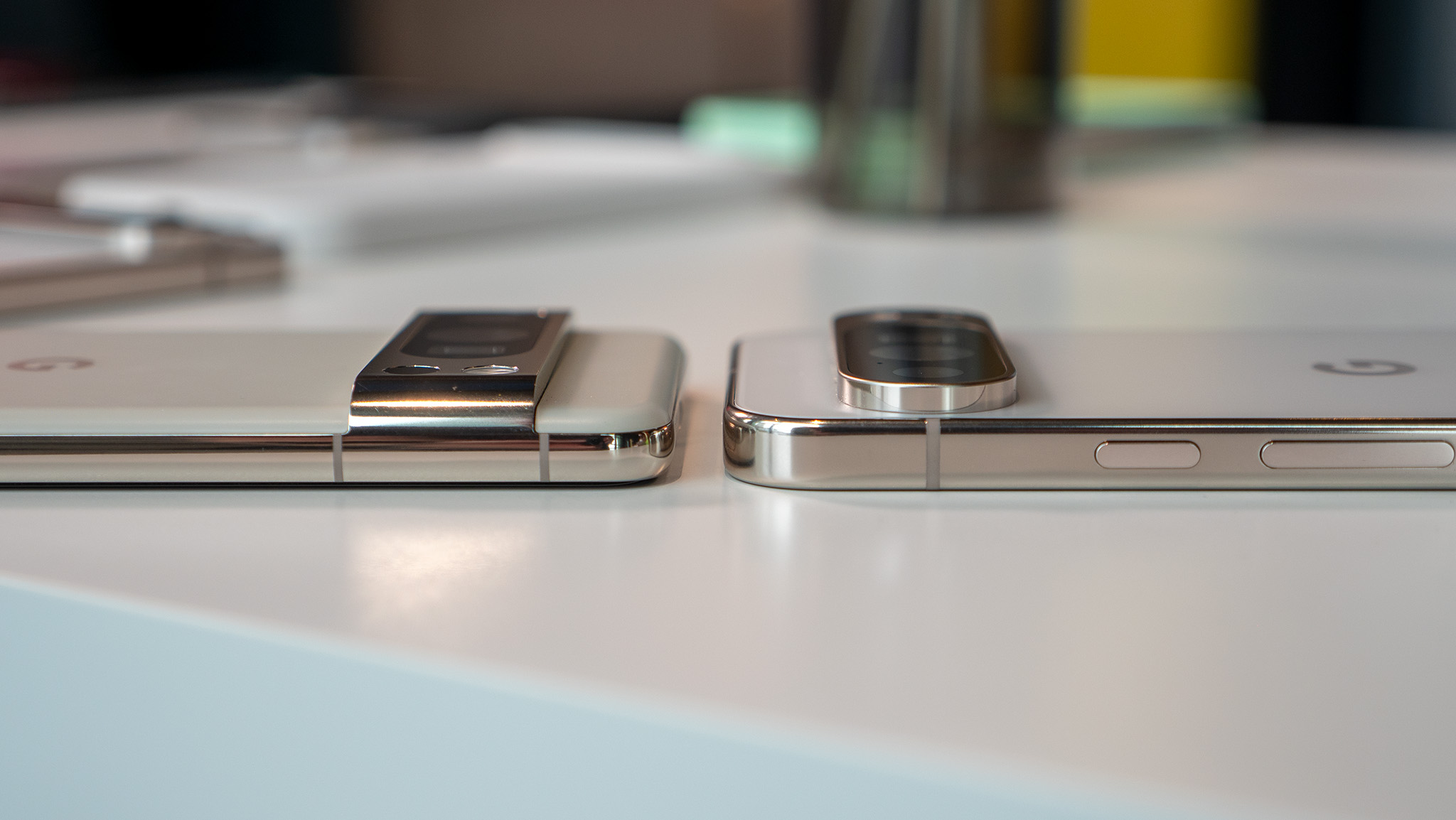
The Pixel 8 Pro offers impressive cameras, and it's hard to argue with Google's excellent computational photography. The Pixel 9 Pro XL camera setup isn't a huge upgrade from its predecessor, but there are some notable changes.
The 50MP sensor is pretty much identical, which is fine. The Pixel 8 Pro's camera produces amazing photos with plenty of depth and contrast while not being too over the top. It also takes fantastic low-light and nighttime images, so I expect the same from the Pixel 9 Pro XL.
Google outfitted the Pixel 9 Pro XL with a new 48MP ultrawide sensor, featuring a wider f/1.7 aperture, meaning it should take better low-light photos than the Pixel 8 Pro's ultrawide camera. However, the tradeoff is a slightly narrower field of view at 123-degrees, compared to 125-degrees on the 9 Pro. The telephoto sensor has changed slightly but still features the same 30X Super Res Zoom.
Selfies should get a boost, with a new 42MP sensor. This will likely use pixel-binning to take 10.5MP images, the same resolution as the Pixel 8 Pro, but this could also result in sharper images and better low-light capabilities. It also has a wider field of view, which makes it better for group selfies.
Like the Pixel 8 Pro, the Pixel 9 Pro XL is capable of 4K video recording but gets a literal boost thanks to Super Res Video Zoom, which appears to enhance quality when zoomed in. The Video Boost feature also gets upgraded and upscales video to 8K resolution. It's admittedly a cool feature, and we'll have to try it out for ourselves, although it remains to be seen how useful 8K videos will be on such a small screen. However, that's not the only cool software improvement aimed at improving your camera experience...
Google Pixel 9 Pro XL vs. Pixel 8 Pro: Software
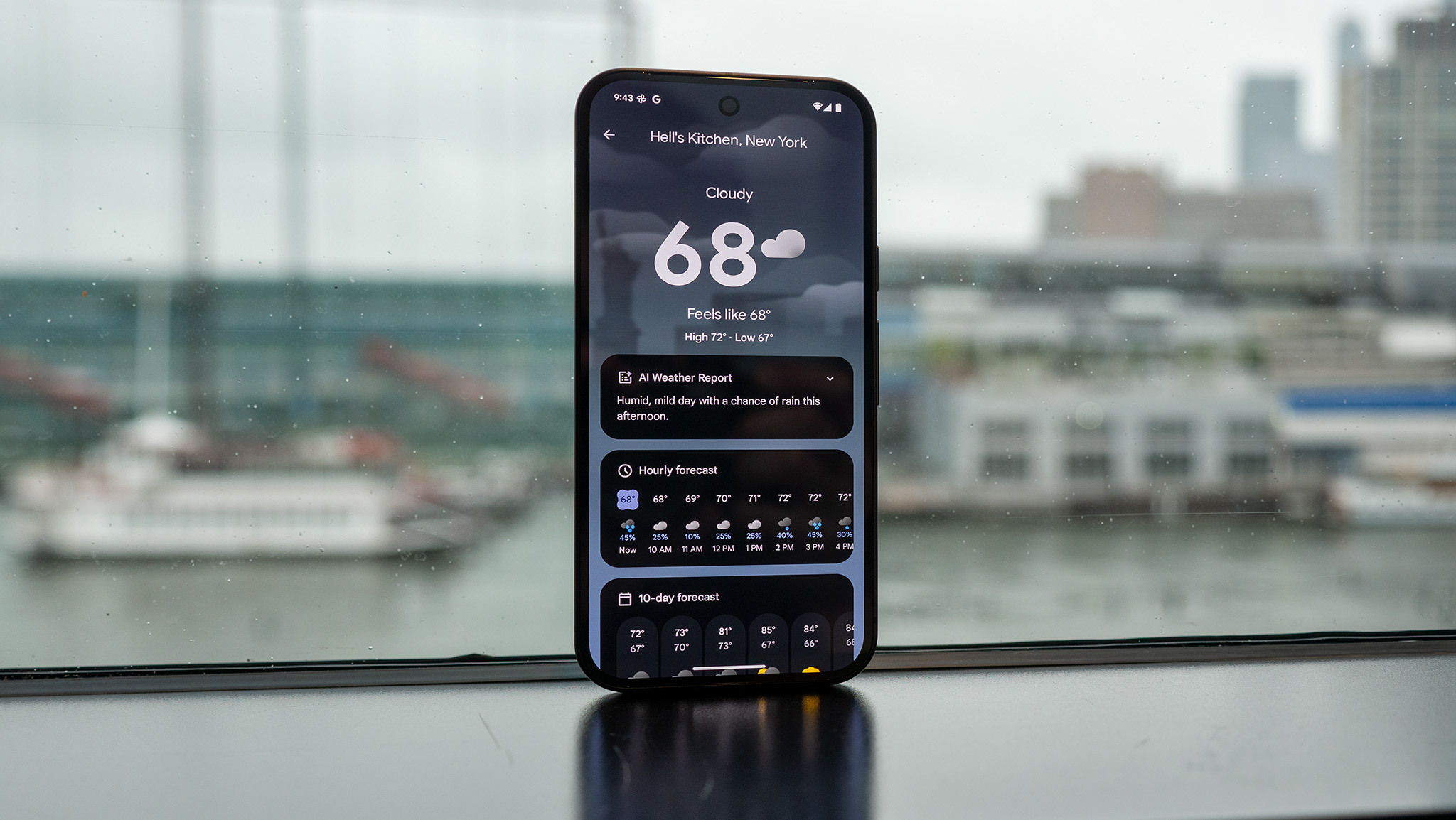
Both phones run Android 14, although Android 15 is likely right around the corner. Even so, the Pixel 9 Pro XL has a few extra software goodies that the Pixel 8 Pro doesn't yet have or might not even get. The 8K video is one such feature, but there are a handful of cool AI-powered features that Google is touting with the 9 Pro XL. Among them is the Add Me feature, which lets you take a photo and then you can add yourself to that same image thanks to an augmented reality overlay.
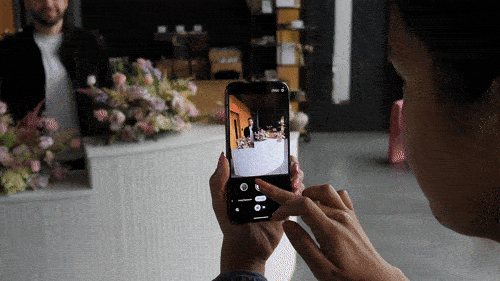
Magic Editor also gets some new upgrades, with new Reimagine and Auto Frame features, letting users easily alter aspects of the image to their liking or better frame a photo.
But besides camera features, Google is also adding some other helpful AI goodies, such as Gemini Live, which lets you have a more natural conversation with the assistant chatbot, and Pixel Studio, which lets you create images from text prompts. Pixel Screenshots and Pixel Weather are also new on the Pixel 9 Pro XL, which bring new AI enhancements to your screenshots with a Recall-like feature and to your weather forecasts.
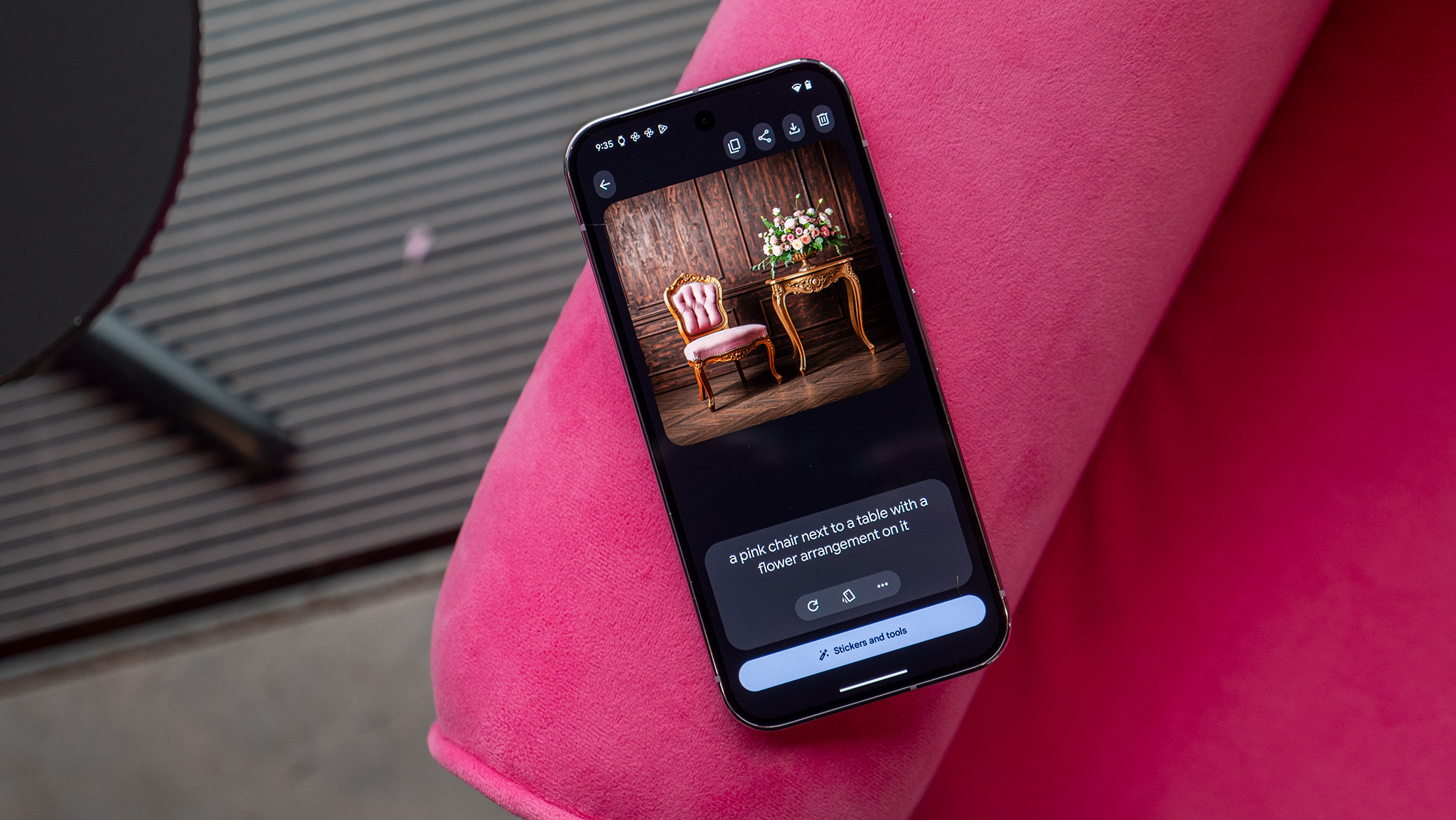
It's quite likely many of these features will arrive on the Pixel 8 Pro, but it's clear they were built with the Tensor G4 in mind, meaning you'll get the best performance from the Pixel 9 Pro XL, which also has more RAM.
Otherwise, both phones will receive the same 7-year update promise, although the Pixel 8 Pro is already a year into its software lifespan, so the Pixel 9 Pro XL may be your phone if you want that added longevity.
Google Pixel 9 Pro XL vs. Pixel 8 Pro: Which should you buy?
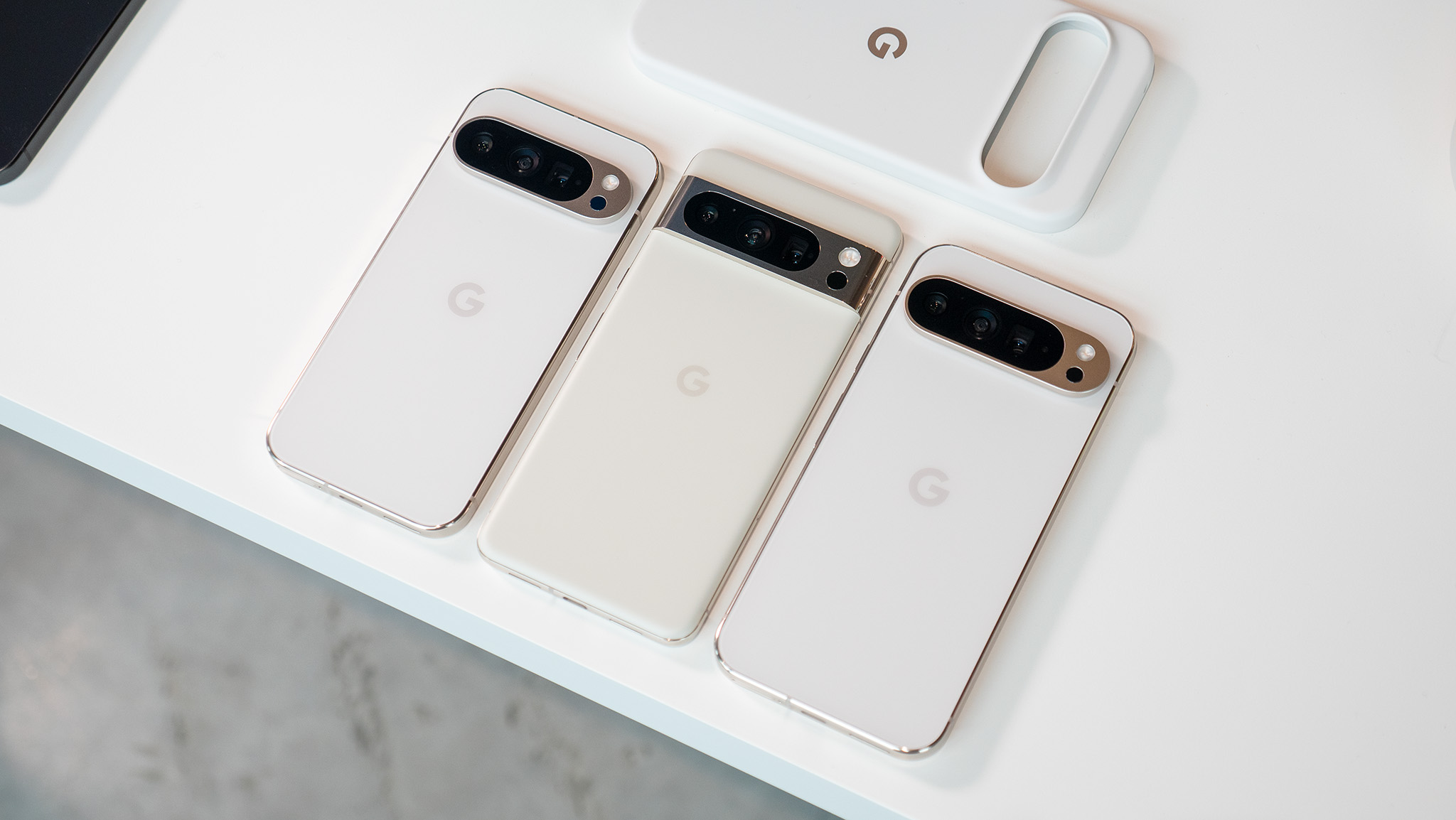
These are two top-of-the-line Pixel phones that will get you access to some of the most advanced AI features Google has to offer. The Pixel 8 Pro is one of the best there is, and it's still a fantastic choice if you're looking for a bigger phone with more cameras and more AI. Of course, the Pixel 9 Pro XL has improved on some of that with its better Tensor chipset, faster charging speeds, enhanced cameras, and new AI features.
It really comes down to design and support. The first is subjective, so it's not really cut-and-dry which phone has the better design, and it's up to your personal taste. Support on the 9 Pro XL will technically last you an additional year since it's the newer phone, but support on both still outpaces many devices on the market.
The only thing is that not all the new AI features may trickle down to the Pixel 8 Pro, and we'll have to see what makes it down the line. But if you're not too worried about that, then you really can't go wrong with either option, and the Pixel 8 Pro will at least save you a little money.
And if you want something smaller but just as powerful, you can check out our Pixel 9 Pro vs. Pixel 8 Pro comparison.

Pretty in pink
The new Pixel 9 Pro XL takes Google's Pro-series phones to the next level, thanks to Tensor G4 and enhanced AI capabilities. The upgraded camera system also promises better low-light performance, and the battery can charge to 70% in just 30 minutes. This phone is all about speed and performance!

The previous best
The Pixel 8 Pro is still one of the best Android phones on the market, thanks to its powerful Tensor chipset, incredible camera system, and access to Google's best AI features. Don't sleep on this phone just because it's a year old... there's still plenty of software support coming over the next six years.

Derrek is the managing editor of Android Central, helping to guide the site's editorial content and direction to reach and resonate with readers, old and new, who are just as passionate about tech as we are. He's been obsessed with mobile technology since he was 12, when he discovered the Nokia N90, and his love of flip phones and new form factors continues to this day. As a fitness enthusiast, he has always been curious about the intersection of tech and fitness. When he's not working, he's probably working out.
You must confirm your public display name before commenting
Please logout and then login again, you will then be prompted to enter your display name.
